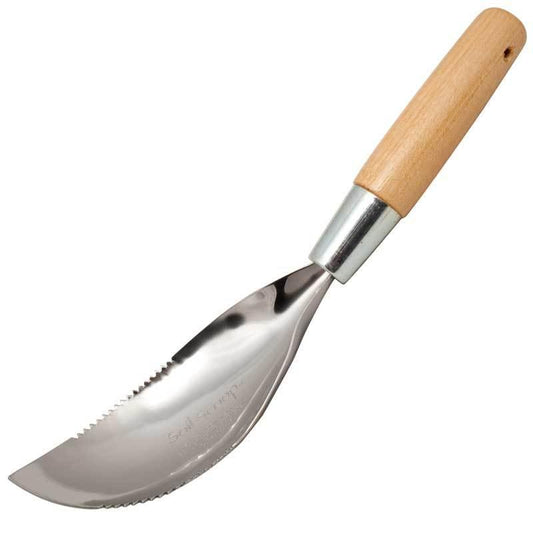What Is Green Sand? A Gardener’s Guide to Green Sand Fertilizer Use
If you’re looking for a natural way to improve soil and boost plant health, green sand fertilizer is one of the most trusted organic amendments around.
Once prized by artists for its green color, this ancient mineral—known as greensand fertilizer—is now prized by gardeners for its ability to enrich soil with trace minerals, iron potassium silicate, and other nutrients that promote better growth and improved soil structure.
Let’s explore what is green sand, how it works, and how to use it effectively in your garden soil or orchard.

What Is Green Sand Fertilizer?
So, what is green sand fertilizer? Green sand, sometimes called greensand, is a naturally occurring mineral deposit that formed millions of years ago on ancient seabeds.
Over time, layers of marine sediment rich in minerals like iron, potassium, and silicates compacted into a soft, crumbly rock known as mineral glauconite—the key ingredient in greensand fertilizer.
The name comes from its distinctive green color, and while it may look like regular sand, it’s actually a natural soil amendment that’s rich in trace minerals. These minerals slowly release into the soil, providing long-term benefits without the risk of burning plants.
What Is Greensand Used For?
Greensand is mainly used as a soil conditioner and a slow-release source of potassium. Unlike synthetic fertilizers, it releases nutrients gently over time, making it perfect for organic gardening. Here are the main ways green sand for gardening benefits your plants:
- Improves soil structure: Greensand enhances the soil’s texture and helps loosen clay soil while improving the structure of sandy soils. This promotes better air and root movement.
- Boosts water retention: It can hold up to one-third of its weight in water, greatly improving moisture retention and reducing the need for frequent watering.
- Increases cation exchange capacity (CEC): Greensand increases your soil’s ability to hold and exchange nutrients—technically known as cation exchange capacities (CEC).
- Enhances soil health: Packed with over 30 trace minerals, greensand supports microbial activity, leading to stronger and more balanced soil health over time.
Because it’s gentle and non-toxic, greensand can be used safely in vegetable gardens, orchards, and flower beds without fear of over-fertilizing.

How to Use Green Sand for Garden & Orchard
When applying green sand for garden, it’s best to work it into the top 6 inches of soil. You can use greensand both for new garden beds and for ongoing soil maintenance.
For gardens
Apply 5 to 10 pounds per 100 square feet in spring and mix thoroughly into the soil. For maintenance, reapply 1 to 2 pounds per 100 square feet every year or two.
For trees and orchards
Use 1 to 2 pounds per inch of trunk diameter, spreading it evenly over the root zone.
If you’re not sure how much to add, don’t worry—greensand won’t burn your plants or cause nutrient overload.
You can purchase high-quality Greensand Fertilizer (50 lb) or browse other powdered fertilizers to complement your garden’s needs.
Using Greensand in Potting Soil
While greensand works wonders in garden soil, it’s not the best choice for short-term container gardening because it releases nutrients slowly. For potted plants, try blending it lightly with perlite, vermiculite, or coco peat to enhance aeration and drainage.
Explore perlite or coco peat for improved structure in potting soil, or use a faster-acting organic fertilizer like Peaceful Valley Organic Liquid Fish (2-3-0.5) to supplement potassium and nitrogen.
When to Apply Greensand
Because greensand releases nutrients slowly, it’s ideal to apply it once a year in spring before planting or as part of your fall soil prep. Over time, it enhances soil texture, fertility, and microbial life.
For more organic options, check out our complete fertilizer and growing supplies collection or our full range of soil amendments.
Final Thoughts
Using green sand for gardening is a time-tested, sustainable way to improve soil, balance soil conditions, and promote long-term soil health. Whether you’re amending clay soil, enriching sandy soils, or boosting your orchard, greensand’s unique iron potassium silicate composition makes it one of the best natural soil amendments for organic gardeners.
Build your garden’s foundation the natural way—with greensand fertilizer—and grow organic for life!





